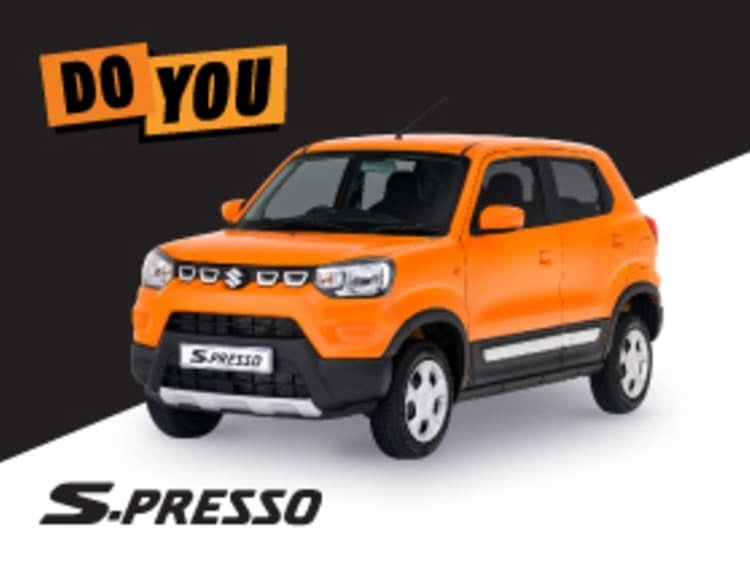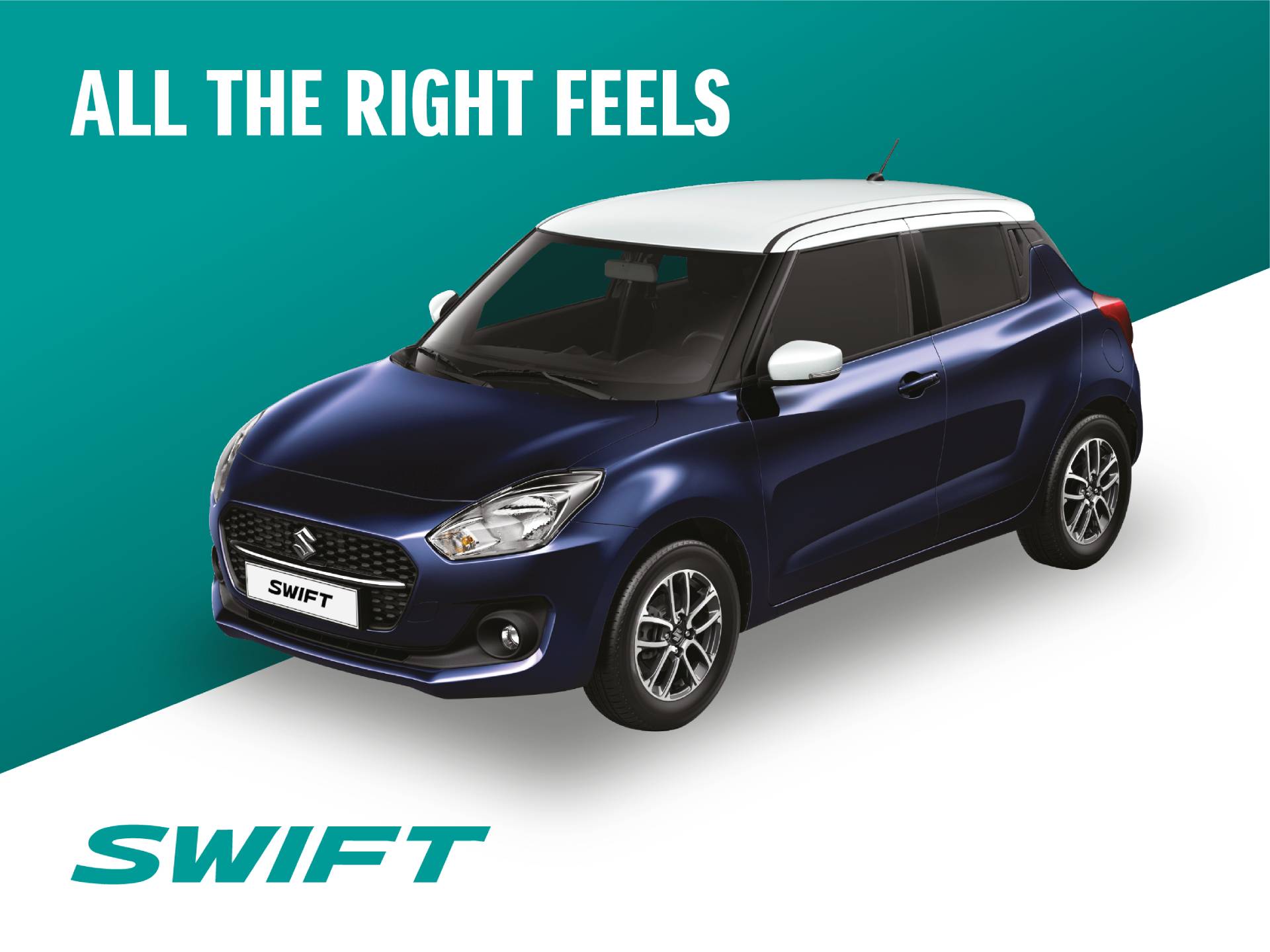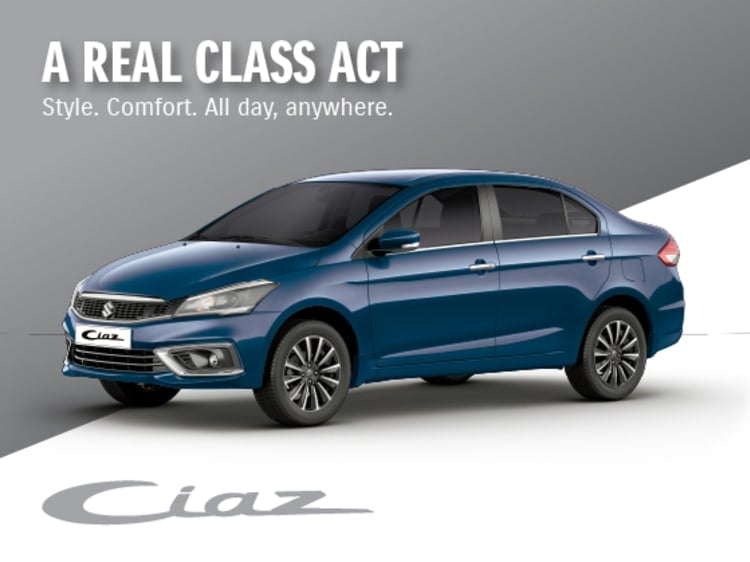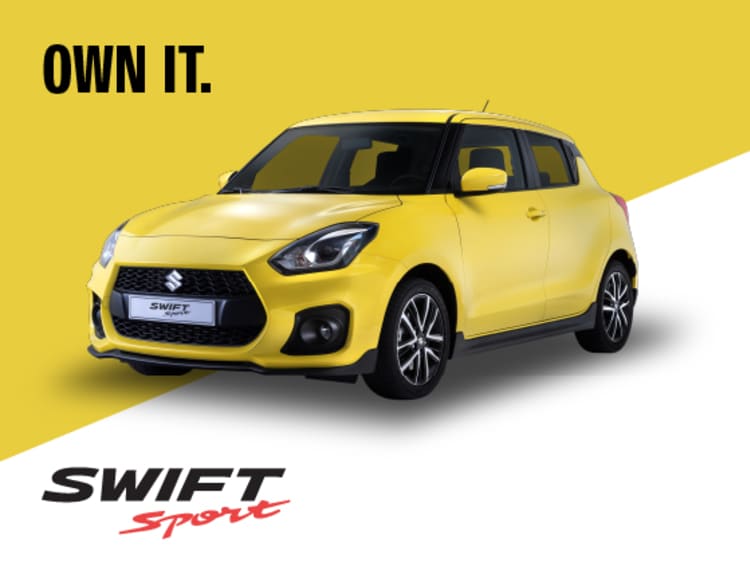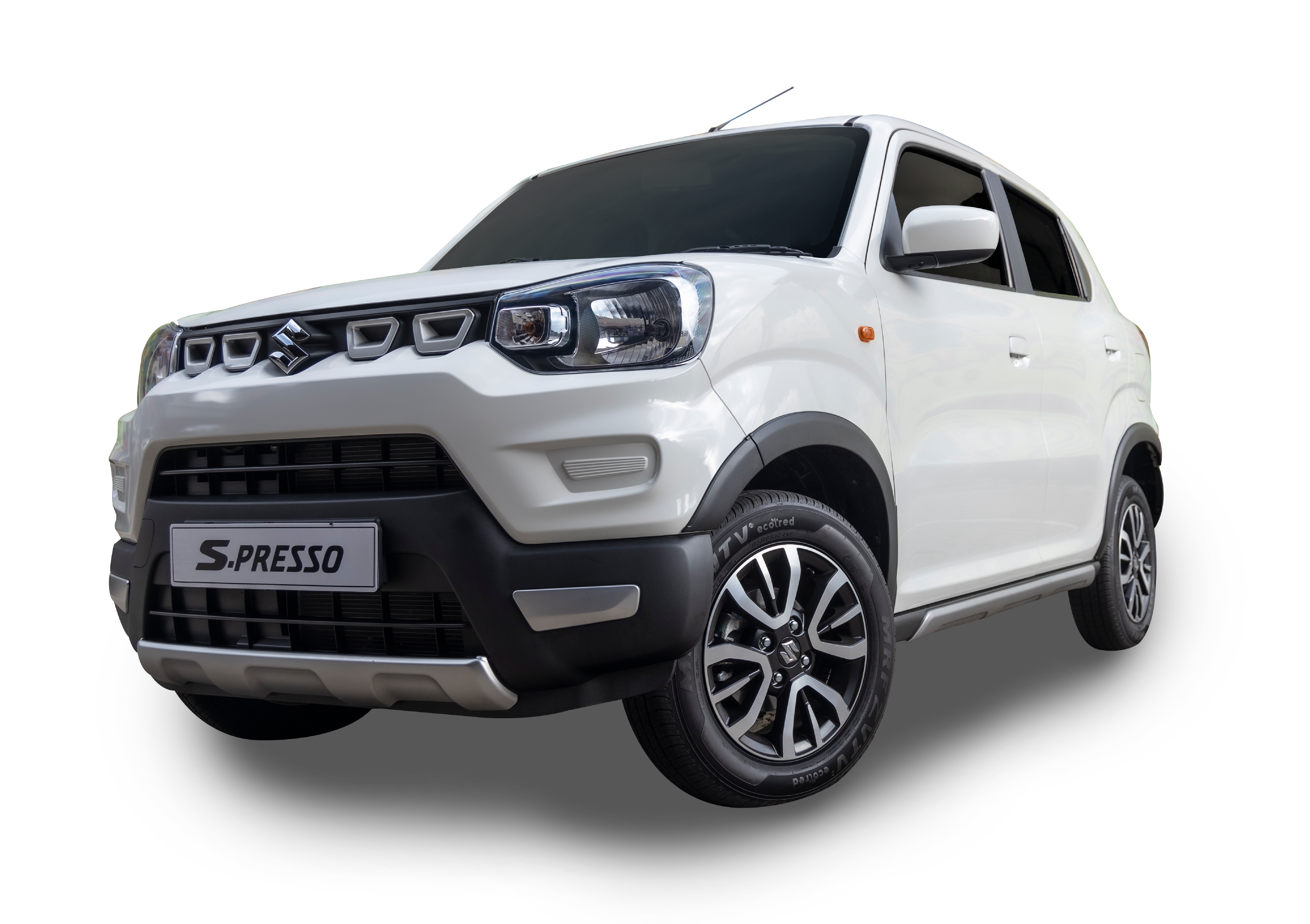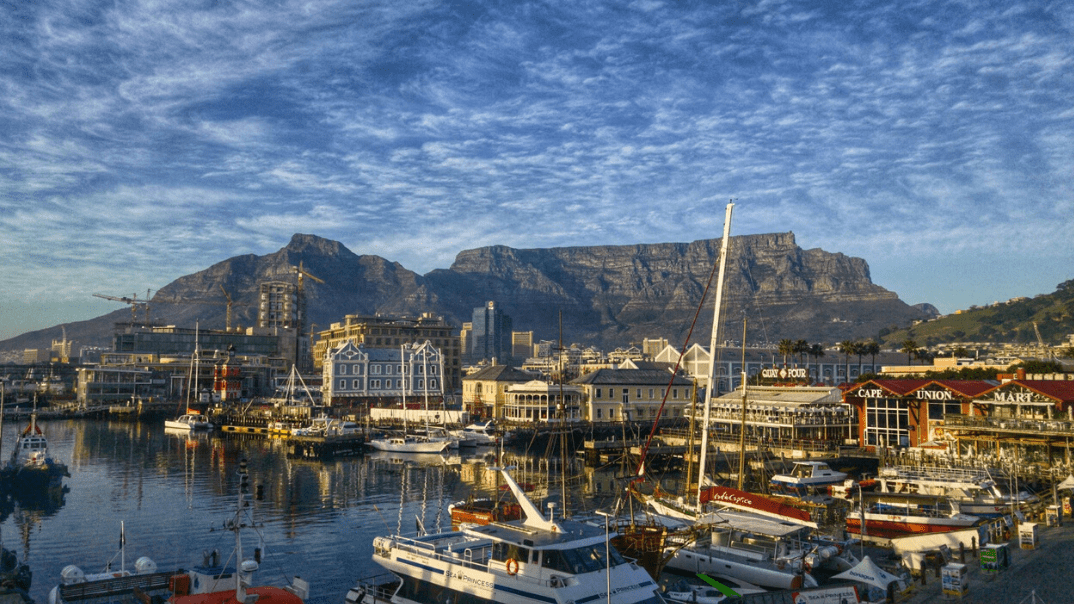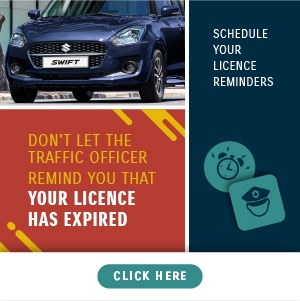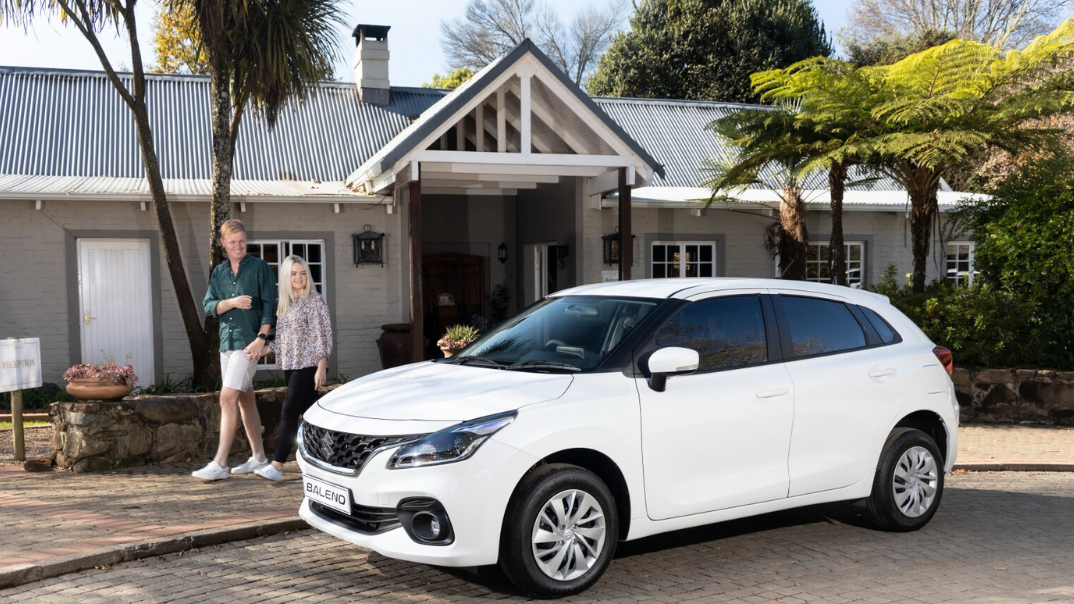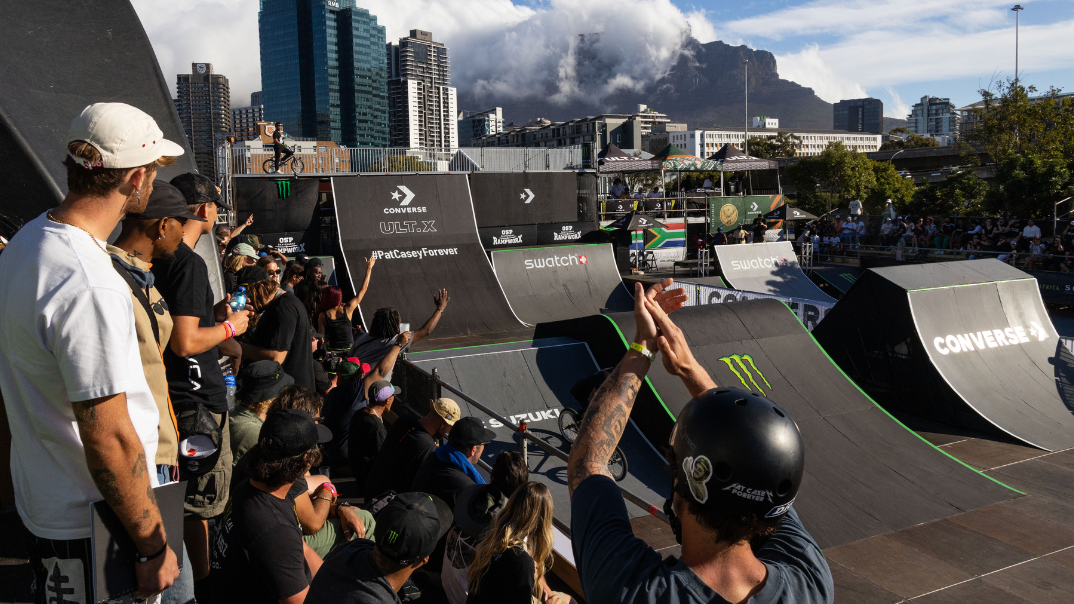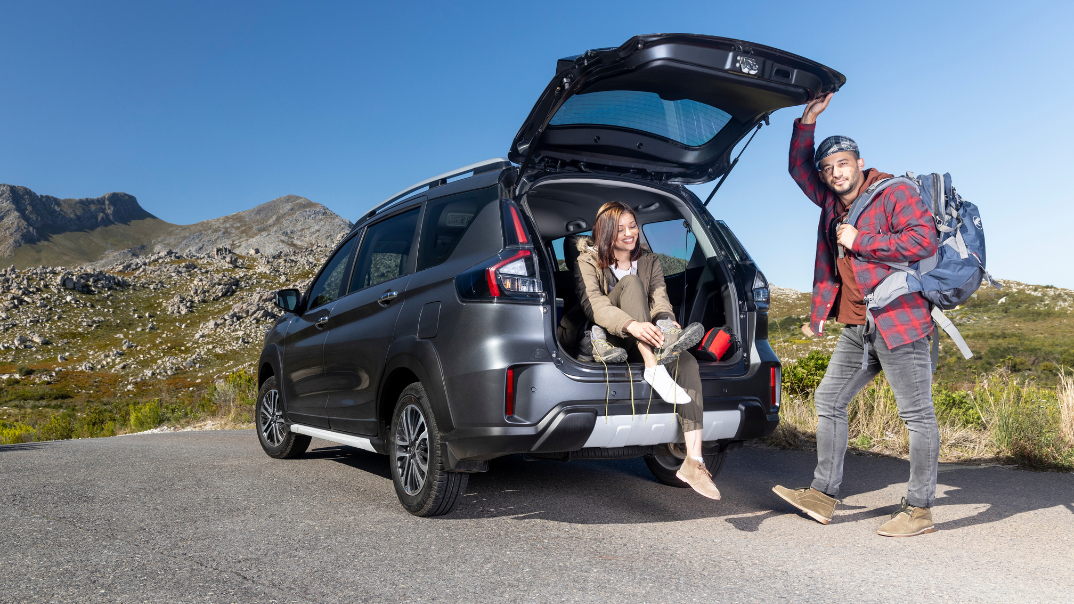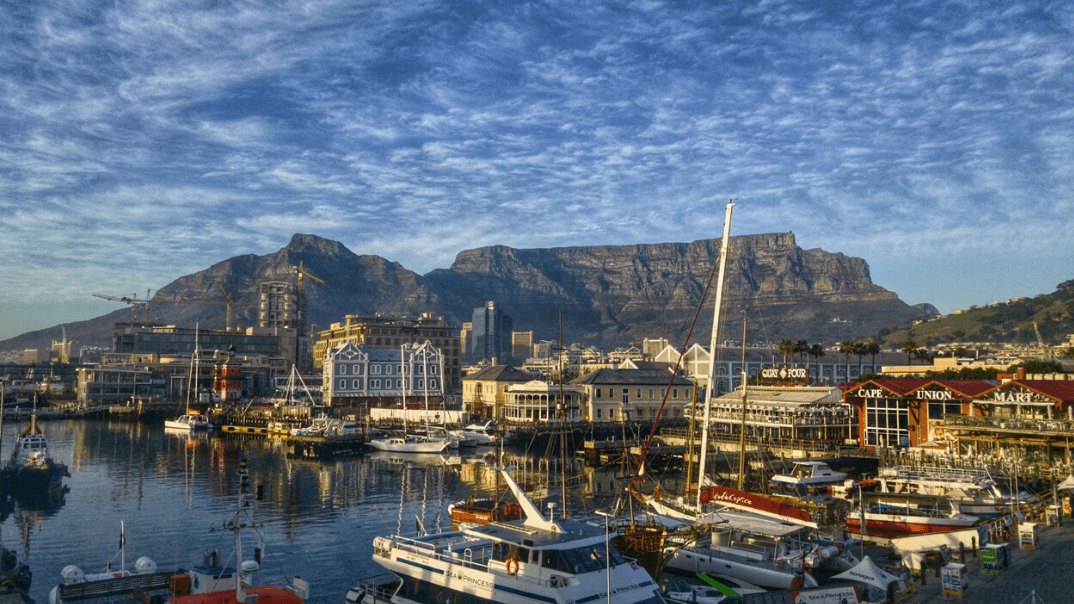 Getting to know the city streets can be tough. Cape Townians know the twists and turns of their roads. We have put together a guide for those who want to learn to navigate the streets of the Mother City.
Getting to know the city streets can be tough. Cape Townians know the twists and turns of their roads. We have put together a guide for those who want to learn to navigate the streets of the Mother City.
Estimated reading time: 4 minutes, 29 seconds.
Sneaky parking tricks in Cape Town CBD
Parking can be a nightmare in the city, and if you work in Cape Town CBD your morning is likely regularly taken up with just trying to find a place to park. Not only can this be infuriating, it’s expensive and wastes your time. Thankfully, there are a few tricks that can help you get that parking place a little quicker next time.
Use your car’s ground clearance
If you drive a car with a fair ground clearance, like the Ignis or the Vitara, your parking opportunities expand ten-fold, as those pesky curbs that deter so many of your fellow road-users are no longer a barrier. This is when those urban SUVs prove their mettle. However, parking on the curb is not always allowed, and the driver should always ensure that the area they park in is not a pedestrian walkway, and does not have a “NO PARKING” sign, yellow, or red lines.
Parking apps are your friend
If you’re still struggling to find available parking you can also use handy apps like Parkopedia to plan ahead, find parking quickly, and cut your waiting time. There are many apps out there to help you do this, and for first-time city users it might not seem necessary, but when you’re parking day-in and day-out, it’s a fantastic time saver.
Four Ways to ease (or survive) traffic in Cape Town
Seeing as Cape Town residents lose almost a week to time spent in traffic each year, it’s no wonder you’re reading this. Thankfully, there are ways we can not only survive Cape Town traffic, but even ease or avoid it.
1. Plan ahead of the traffic
Nobody enjoys rush hour, which is why the best solution to traffic is planning ahead. If you know you’re going to be travelling home in rush hour, plan your route well, and use every resource at your disposal. Google Maps has become very intelligent about local traffic conditions, however, if you haven’t had good experiences with Google, you can also try iTraffic or TomTom. Websites and apps like this collect local traffic data on your driving route which allows you to plan ahead and understand where you might hit traffic and what detours you could take to avoid it. No single route will necessarily allow you to avoid all traffic, but alternative routes will help you to skip the worst of it and save some time. Try it, and see how you enjoy those extra 30 minutes at home sipping on a celebratory beverage.
2. Carpool
It’s not only more entertaining, it’s far more efficient. If you carpool with your family or friends, you can split the cost of petrol and make city driving far more efficient for your budget. In fact, many city-dwelling families are making the move to a one-car policy, with the intention of being smarter about the way they travel. This makes which car you choose of vital importance.
3. Know when to leave
Anyone sitting in traffic knows that it’s all a matter of time. When you leave can make all the difference, even by ten or 15 minutes. For instance, this BusinessTech article shows that traffic is worst on weekdays between seven and eight in the morning, and again between four and five in the evening. Not everyone has the option of a flexible work schedule, but leaving even 10 or 15 minutes before or after these times can significantly affect your travel time, and using apps to plan ahead can ensure that you take the best route possible to arrive on time.
4. Car safety is key
If you do find yourself stuck in bumper-to-bumper traffic, protect your car and yourself as best you can. Not only is heavy traffic dangerous for your car’s maintenance, it can also lead to some dangerous situations for yourself. No car was built to enjoy that kind of driving, and can suffer from the abuse of too much stop-start driving quickly. Protect your car and yourself by ensuring that you;
- Lock your car as soon as you start moving, and when possible try to protect your windows from smash and grabs with strengthening tinting. Keep a wary eye on pedestrians and cars around you as you move.
- Keep a safe following distance (one car’s length is fair) to avoid any fender-benders.
- Don’t ride your clutch as it can lead to additional maintenance.
- Traffic may be slow, but keep that seatbelt on. Even a 10km/h sudden stop can be dangerous without it.
- Only accelerate as necessary, and try not to burn fuel by revving. It sounds nice, but it also costs you. If you’re in heavy traffic, you can try minimise stop-starts by accelerating slowly and stopping slowly to ensure you are at least moving most of the time.
Driving around Cape Town CBD doesn’t need to be tiring and in the savvy Vitara or the adaptable Ignis, you’ll be saving time and money with parking and traffic everyday.
Traffic and parking are one thing, remembering to renew your licence is another! Click here to receive our free licence reminder.
If you liked what you read about navigating Cape Town, why not subscribe to our blog and always be the first to receive fresh content. Subscribe here.
